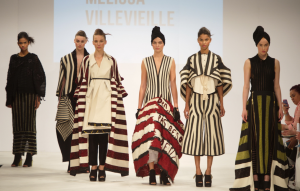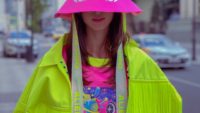It is not often that the topics of fashion and faith interact. However, throughout the world there are several examples of religion influencing fashion. At its most basic point, some religions are explicit around what followers should wear. In certain cases, style guidelines only extend to wear during periods of prayer or thanksgiving, while others extend to every aspect of life.

Traditional religious dress, across all faiths, has gotten itself a general reputation for being boring and uninspiring, but more importantly it can often be uncomfortable and inconvenient. There are many designers and brands across Earth that have been able to add a fashionable twist to traditional religious clothing, allowing comfort and confidence to prevail while ensuring that the clothing worn remains in line with a persons’ faith.
Islamic Dress
Fashion for Muslim women is often an aspect of religion that is discussed, at times causing controversy, especially when observations are made by those who are not part of, or know little about, the Islamic faith. Modern, modest fashions for Muslim women are progressive, forward thinking, and allow females within Islam to play a full role within society, particularly within Westernised cultures.
A number of excellent examples of modern clothing styles are suitable today’s Muslim female.
One of the most popular and recognisable garments is the kaftan dress. Although a traditional garment in the normal sense, a stylish kaftan bears huge resemblance to a dress that one may buy in many fashion stores around the world. An advantage of a dress such as a kaftan, or other traditional Muslim dress such as an abaya, is that as well as being stylish, it is ideal for both work and casual dress purposes, and importantly is comfortable and easy to wear.
Head Dress
The traditional hijab is another well-recognized aspect of Islamic females’ dress. While the modest black styles remain popular, a shift in thinking in recent years has seen many inspirational colours and patterns find their way into the headdress.
This allows the modern Muslim woman to be fashion-conscious even to the point that her traditional hijab can match with her shawl, kaftan dress, or any other part of her outfit. Although colour and patterns do put some people off, they remain stylish, tasteful, and understated, fitting in well with the religious rules relating to dress.
Muslim women with multiple roles to play in society, whether it is in the workplace, the home, or in their personal lives, can easily fulfil the requirements of their faith, while at the same time feeling comfortable, confident, and looking great.




